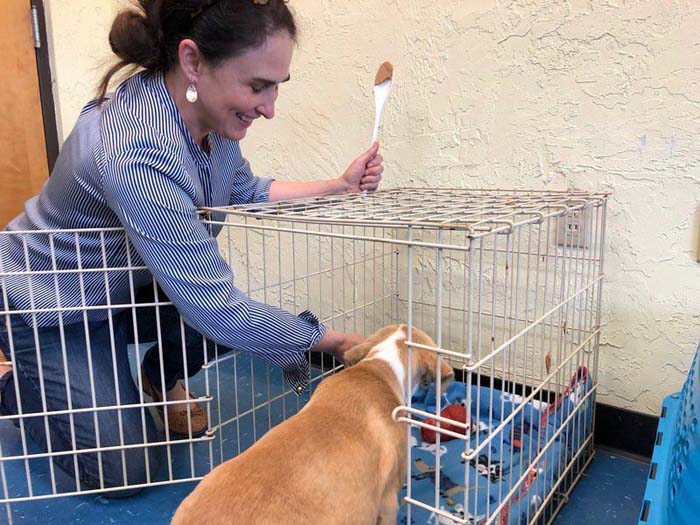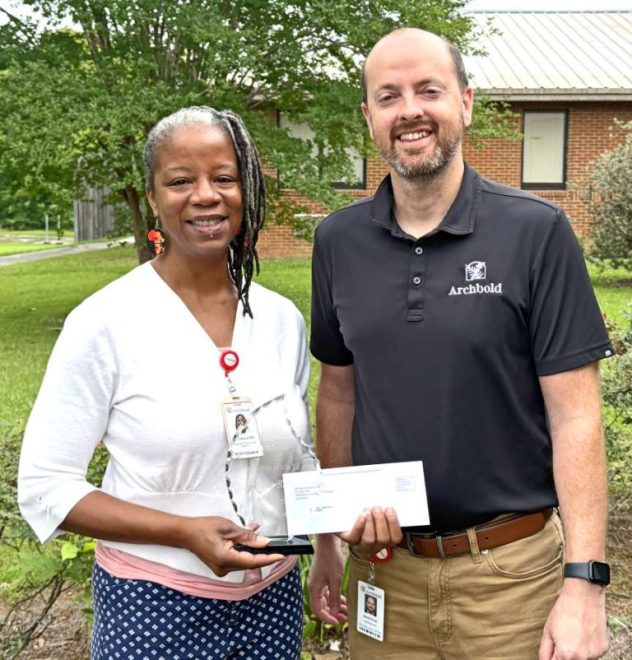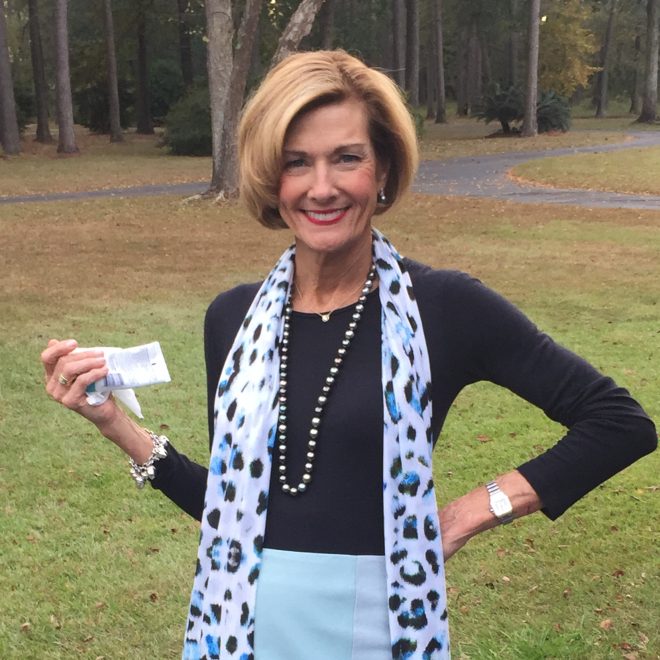Puppy potty training provided
Published 12:00 pm Tuesday, May 14, 2019

- Thomas Lynn | The Valdosta Daily TimesDr. Amanda Hall, a veterinarian with Baytree Animal Hospital, uses peanut butter on a spoon to get a puppy to go inside a crate during a training program at the Lowndes County Animal Shelter.
VALDOSTA — Cashew ran around the room inside the Lowndes County Animal Shelter wagging her tail and sniffing everything in sight.
During the course of jumping on every shelter employee and Humane Society of Valdosta volunteer present, the 8-week-old bulldog-terrier mix had multiple “accidents” along the way.
Trending
People love puppies such as Cashew.
They are cute and cuddly dogs that children and adults enjoy taking home but people don’t always understand the accompanying responsibility.
Without proper discipline and training, a puppy can be a nightmare that pees on expensive furniture, chews up nice shoes and is an overall burden to everyone involved. This causes some families that adopted puppies from shelters to return them, leaving more puppies in shelters and fewer in homes.
“So many animals are turned in to the shelter because the owners can’t figure out how to potty train them,” Dr. Amanda Hall, a veterinarian with Baytree Animal Hospital, said. “This is hopefully a solution to that problem.”
Hall teamed up with the Humane Society of Valdosta and the animal shelter earlier this month to teach volunteers ways to prepare puppies and owners for being responsible pet owners and how to potty train their new puppies.
Using Cashew as an example, Hall taught Humane Society volunteers and staff simple techniques for crate training puppies the correct way. Her goal is for people struggling with puppies peeing everywhere to be able to pop into the shelter or Humane Society and learn these techniques instead of getting rid of the animal.
Trending
She said the last animal she adopted was a chihuahua that was turned in to the Humane Society because it wasn’t potty trained.
“It’s super easy,” Hall said. “It is a positive introduction to teaching them to love their kennel and that their kennel is going to be their favorite place.”
Emily Smith, Valdosta Humane Society director, said the training was just another tool in their toolbox for getting animals adopted.
When their owners face challenges with house training, this will be another way to help them through that process.
“Our ultimate goal is to have people keep their pets rather than feel like they need to surrender them to the shelter,” Smith said. “If it is a solution that can be easily solved, we would love to be able to intervene and help solve that problem.”
Within minutes, Hall had Cashew happy and comfortably sitting in her kennel at the animal shelter located at 337 Gil Harbin Industrial Boulevard.
The veterinarian told volunteers to never use pee pads, liquid absorbent mats for puppies. She said the pads encourage puppies to pee inside the home, which defeats the purpose of potty training.
When potty training a puppy, the owner should take the animal out every one to two hours until it gradually learns not to go inside. Owners should take it to the same spot each time, so it learns to recognize its own scent.
Hall said to never punish a puppy for having an “accident” inside.
“Yelling or pushing her nose into the carpet will only confuse her,” she said. “It may even cause her to fear going to the bathroom in your presence. Always praise and reward your puppy for going to the bathroom outside with a treat, verbal praise or playtime.”
It is important for owners to always use the same command such as “Go potty.” Owners should not continually repeat this phrase to the puppy but only say it once the puppy is peeing.
Hall strongly emphasized the need to crate-train dogs.
The puppy always needs to be in its crate whenever it is unsupervised, and if it has an accident in the home, the only person to blame is the owner and not the puppy, she said.
The crate should be a fun, safe place for the puppy and should not be used as punishment.
Owners should fill the crate with the puppy’s favorite toys and treats and make sure it is big enough for the puppy to move around but not big enough for the puppy to go to the bathroom in one corner and sleep in the other, she said.
In the end, Hall said patience is key in training a new puppy.
“Encouragement and praise will produce the results you are looking for,” she said. “Puppies are very cute and fun but a lot of work. They don’t come pre-trained.”
For more tips on potty training, owners are encouraged to contact the animal shelter, Humane Society or a local veterinarian’s office.
Thomas Lynn is a government and education reporter for The Valdosta Daily Times. He can be reached at (229)244-3400 ext. 1256





